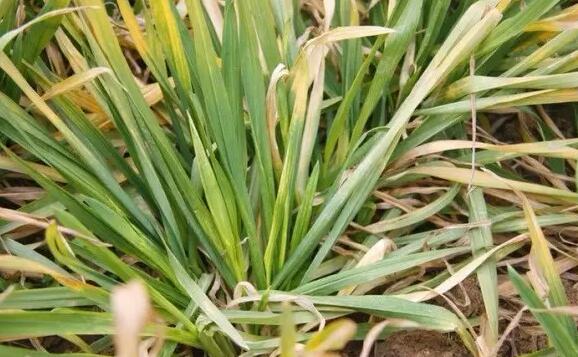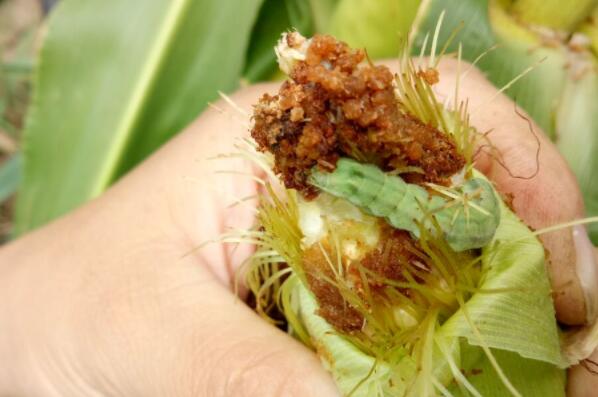Where is the suitable place for planting jujube trees? When will it be planted? What kind of medicine do you take when you have a worm?
Jujube is a small deciduous tree, sparse shrub, up to more than 10 meters high; brown or grayish brown bark; flowering from May to July and fruiting from August to September. So where is it suitable for planting? When will it be planted? What kind of medicine do you take when you have a worm?

Where is the jujube suitable for planting?
Warm temperate positive species of jujube. Like light, good dry climate. Resistant to cold, heat, drought and waterlogging. Except swamps and heavy alkaline soils, plains, sandy lands, valleys and mountains can all grow, and the range of adaptation to acidity is between pH5.5-8.5. the fertile slightly alkaline or neutral sandy loam soil grows best. The root system is developed and the sprouting ability is strong. It is smoke-resistant. It's not resistant to water fog.
When will the jujube be planted?
Jujube planting period can be divided into two types: autumn planting and spring planting. Where there is no severe cold in winter and the average temperature in January is not lower than-8 ℃, it can be planted in autumn, that is, after the fallen leaves of jujube trees are planted before the soil freezes. In the jujube area south of the Yangtze River in China, the winter is relatively warm and the soil moisture is good. The wound of jujube root system can heal in the same year of planting, and some new roots occur. It will grow in time next spring. Therefore, the survival rate of jujube planted in autumn is high and grows well.
What medicine does jujube tree grow worm to hit?
The common pests in jujube trees are jujube flying elephant, jujube inchworm, sand jujube wood louse, jujube gall midge, peach heart borer, jujube armyworm, jujube moth, tortoise shell scale, green bug bug and so on.
1. Jujube flying elephant
Prevention and control methods: (1) when adults begin to unearth trees in late April, use drugs to spray the trunk and the ground near the base of the trunk, the key point of application is within 1.5 meters of dry height, and should be sprayed into a state of elution; other long contact insecticides with residual period can also be used to spray with high concentration solution. Or it is necessary to sprinkle powder within 60-90 cm of the base of the trunk, focusing on the base of the trunk, which is effective and labor-saving in killing tree adults, such as 5% parathion powder, 4% sub-agricultural powder, 2.5% trichlorfon powder, etc., each adult tree is sprinkled with 150kg 250g powder, and a shallow rake is used to prevent the powder from being blown away by the wind. After spraying or spreading powder, it is best to shake down the adults that have been on the tree once, which can improve the control effect and reduce the damage. This measure has been done well and can basically control the pest.
(2) when adults are harmful to trees, spraying 80% dichlorvos EC or 50% parathion EC and 40% omethoate EC 1000-1500 times have better effect. In order to improve the control effect, spraying should also be applied on the surface near the base of the trunk and on the trunk. After spraying, the tree should be shaken to make the adult fall to the ground, and then increase the contact agent when climbing up the tree to improve the control effect.
(3) shock in the morning and evening to kill adults, and plastic sheeting should be laid under the trees in order to collect adults.
(4) combined with the control of jujube inchworm, the plastic film belt is tied to the base of the trunk, compacted with soil around the lower part, and sprayed with liquid or powder on the ground around the trunk, which is effective for both insect states. (5) the chemical treatment of soil combined with the control of underground pests has a certain effect on killing larvae, and it is better to treat it in autumn. 5% phoxim granules, 4% subagricultural powder, 5% chlordan powder, etc., 2-3.5 kg per mu.
twelve
Time: 2019-04-10 Click:
- Prev

What medicine does wheat yellow leaf disease hit? What is the reason for yellowing? How to prevent and cure?
Wheat leaves are yellowed to varying degrees after the beginning of spring, commonly known as wheat yellow leaf disease. The symptoms usually begin at the end of February and the beginning of March. What kind of medicine do you take for wheat yellow leaf disease? What is the reason for yellowing? How to prevent and cure? Wheat yellow mosaic virus is a kind of soil-borne viral disease.
- Next

Common crop corn, tomato, cotton bollworm appear what medicine to hit? How?
Corn, tomato and cotton are common crops, which are also prone to diseases during their growth, resulting in crop yield reduction and even death. So what's the poison if cotton bollworms show up? How? What is cotton bollworm? How to identify? 1. Cotton bollworm belongs to Lepidoptera and Noctuidae. It damages many crops
Related
- Fuxing push coffee new agricultural production and marketing class: lack of small-scale processing plants
- Jujube rice field leisure farm deep ploughing Yilan for five years to create a space for organic food and play
- Nongyu Farm-A trial of organic papaya for brave women with advanced technology
- Four points for attention in the prevention and control of diseases and insect pests of edible fungi
- How to add nutrient solution to Edible Fungi
- Is there any good way to control edible fungus mites?
- Open Inoculation Technology of Edible Fungi
- Is there any clever way to use fertilizer for edible fungus in winter?
- What agents are used to kill the pathogens of edible fungi in the mushroom shed?
- Rapid drying of Edible Fungi

